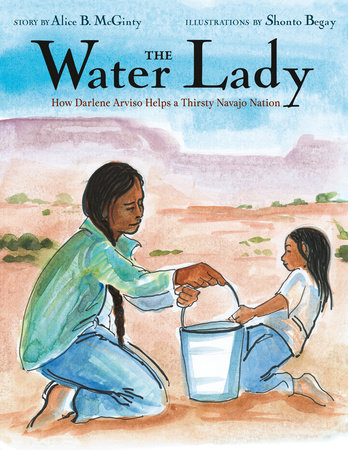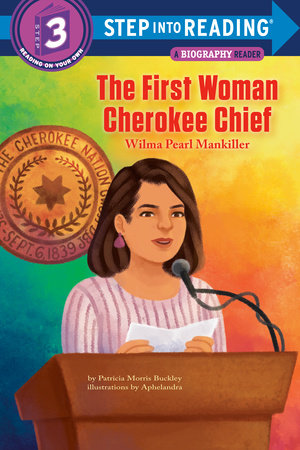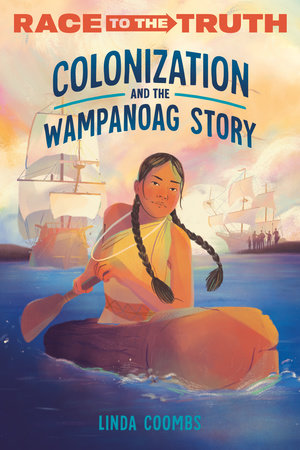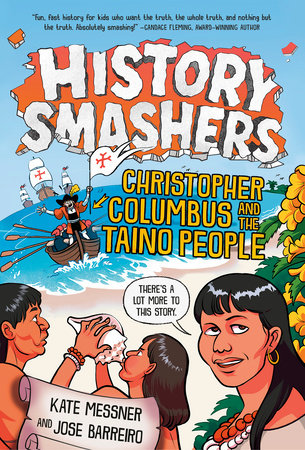Native American Heritage Month


Remember By Joy Harjo; illustrated by Michaela Goade
THE NATIONAL BESTSELLER • AN AMERICAN INDIAN LIBRARY ASSOCIATION HONOR BOOK • A BOSTON GLOBE–HORN BOOK HONOR AWARD • NAMED ONE OF THE BEST BOOKS OF THE YEAR BY School Library Journal • Publishers Weekly • The Horn Book • NPR • The Bulletin • Kirkus Reviews
US Poet Laureate Joy Harjo’s iconic poem "Remember," illustrated by Caldecott Medalist Michaela Goade, invites young readers to pause and reflect on the wonder of the world around them, and to remember the importance of their place in it.
Remember the sky you were born under,
Know each of the star's stories.
Remember the moon, know who she is.
Remember the sun's birth at dawn,
That is the strongest point of time.
So begins the picture book adaptation of the renowned poem that encourages young readers to reflect on family, nature, and their heritage. In simple and direct language, Harjo, a member of the Mvskoke Nation, urges readers to pay close attention to who they are, the world they were born into, and how all inhabitants on earth are connected. Michaela Goade, drawing from her Tlingit culture, has created vivid illustrations that make the words come alive in an engaging and accessible way.
This timeless poem paired with magnificent paintings makes for a picture book that is a true celebration of life and our human role within it.

The Water Lady By Alice B. McGinty; illustrated by Shonto Begay
This inspiring picture book tells the true story of a woman who brings desperately needed water to families on the Navajo reservation every day.
Underneath the New Mexico sky, a Navajo boy named Cody finds that his family's barrels of water are empty. He checks the chicken coop-- nothing. He walks down the road to the horses' watering hole. Dry. Meanwhile, a few miles away, Darlene Arviso drives a school bus and picks up students for school. After dropping them off, she heads to another job: she drives her big yellow tanker truck to the water tower, fills it with three thousand gallons of water, and returns to the reservation, bringing water to Cody's family, and many, many others. Here is the incredible and inspiring true story of a Native American woman who continuously gives back to her community and celebrates her people.

The First Woman Cherokee Chief: Wilma Pearl Mankiller By Patricia Morris Buckley; illustrated by Aphelandra Messer
Find out all about Wilma Pearl Mankiller, the first woman Cherokee chief whose image appears on the U.S. quarter, in this Step 3 Biography Reader.
In 1985, Wilma Pearl Mankiller became the first woman Principal Chief of the Cherokee Nation. She had to convince her people that the chief should be the best person for the job, man or woman.
Before the English came to what is now the United States, Cherokee women and men shared the leadership of the tribe. This created balance. But the English colonists told the Native People that men should be in charge.
It stayed that way for many years, until Wilma Pearl Mankiller made history. She used the concept of gaduji, of everyone helping each other, to make the Cherokee Nation strong.
Step 3 Readers feature engaging characters in easy-to-follow plots and popular topics—for children who are ready to read on their own.

Colonization and the Wampanoag Story By Linda Coombs
Until now, you've only heard one side of the story: the "discovery" of America told by Christopher Columbus, the Pilgrims, and the Colonists. Here's the true story of America from the Indigenous perspective.
When you think about the beginning of the American story, what comes to mind? Three ships in 1492, or perhaps buckled hats and shoes stepping off of the Mayflower, ready to start a new country. But the truth is, Christopher Columbus, the Pilgrims, and the Colonists didn't arrive to a vast, empty land ready to be developed. They arrived to find people and communities living in harmony with the land they had inhabited for thousands of years, and they quickly disrupted everything they saw.
From its "discovery" by Europeans to the first Thanksgiving, the story of America's earliest days has been carefully misrepresented. Told from the perspective of the New England Indigenous Nations that these outsiders found when they arrived, this is the true story of how America as we know it today began.

History Smashers: Christopher Columbus and the Taino People By Kate Messner and Jose Barreiro; illustrated by Falynn Koch
Myths! Lies! Secrets! Uncover the hidden truth about Christopher Columbus, and learn all about the Taino people. Perfect for fans of the I Survived books and Nathan Hale's Hazardous Tales.
In 1492, Christopher Columbus sailed across the ocean and discovered America. Right? WRONG! Columbus never actually set foot in what is now the United States. His voyages took him to islands in the Caribbean and along the coast of South America.
The truth is, when Columbus first arrived, Indigenous peoples, including the Taino, had been living there for thousands of years, raising their families, running their societies, and trading with their neighbors. He didn’t “discover” the lands at all! And his name? Not even really Christopher Columbus! Cowritten by bestselling author Kate Messner and our country’s premier Taino scholar, this fascinating addition to the series is the one that teachers have been asking for and that kids need to read.
Discover the nonfiction series that demolishes everything you thought you knew about history. Don’t miss History Smashers: The Mayflower, Women's Right to Vote, and Pearl Harbor.



